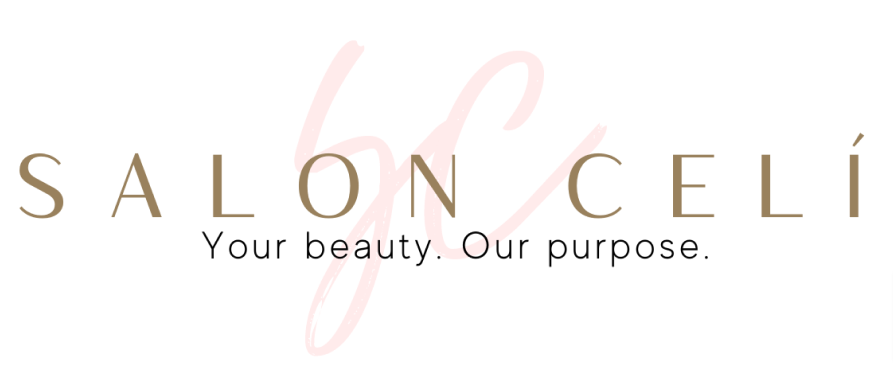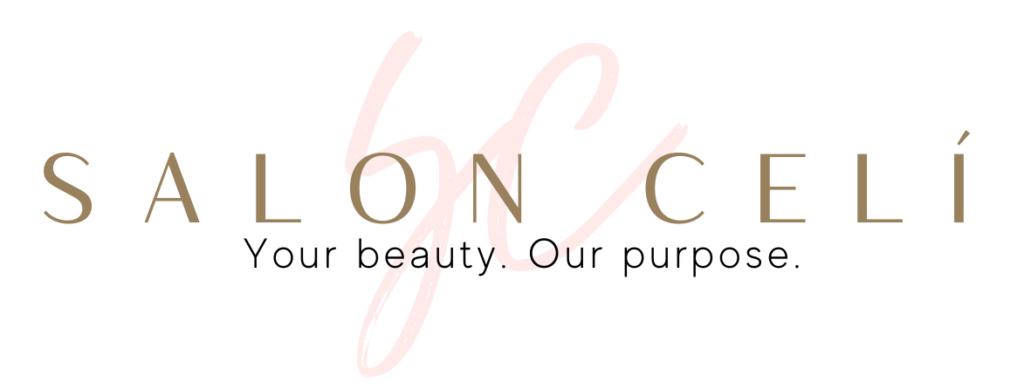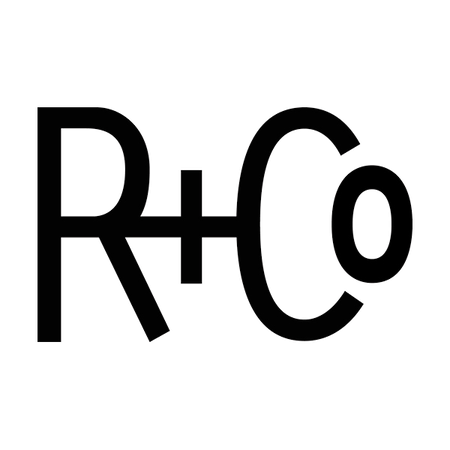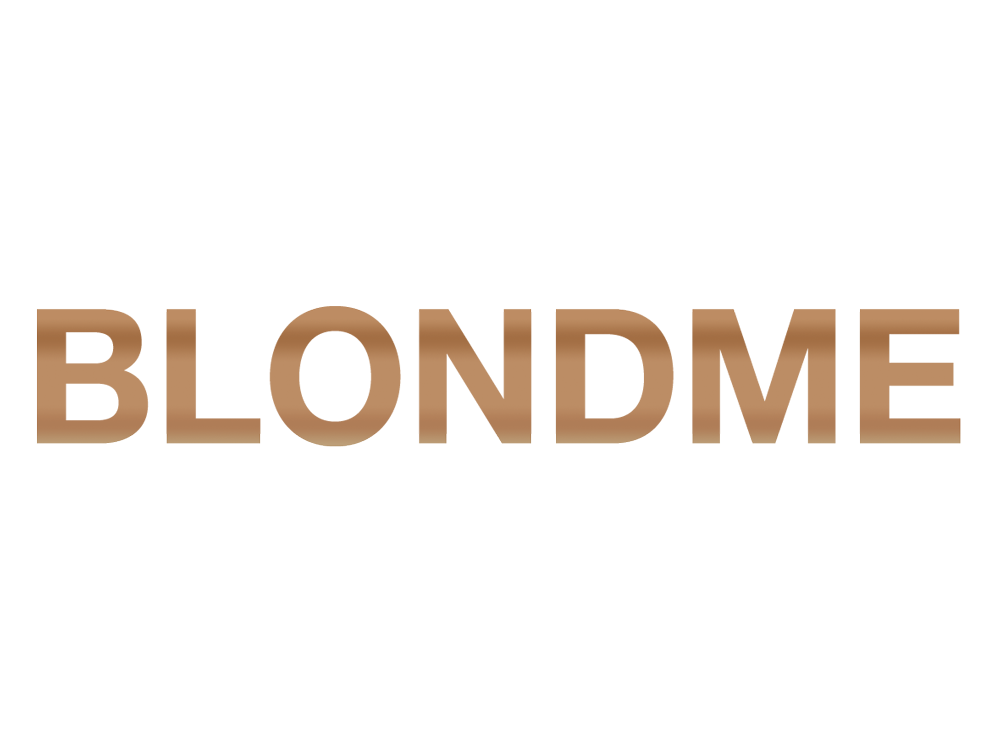Baby-lights:
Baby lights are a hair coloring technique that involves highlighting small sections of hair to create a natural, subtle look. The name “babylights” comes from the fact that the highlights are meant to resemble the natural highlights that children have in their hair. The technique involves taking very thin sections of hair and applying a lightening product to them, typically using a fine-toothed comb or a small brush. The resulting highlights are typically very soft blend seamlessly with the natural color of the hair. This technique can be more time-consuming regular highlights or balayage so it is better to consult with Stylist before booking this appointment.
Balayage:
Balayage is a French word that means “to sweep” or “to paint.” This coloring technique creates a graduated, a natural looking effect by using the brush with color or lightener in a sweeping motion which creates a soft transition of color with the roots remaining darker and the tips becoming lighter. It’s also a way to have low maintenance highlights and grow out gracefully.
There are two types of balayage
- Traditional open air balayage: traditional open air balayage is used to create the natural effect of the sun. The outcome is a soft dimension that is 2 to 4levels lighter than the natural hair. This technique is not suitable for dramatic results
- In foil balayage: this technique combines the use of foils, while still applying the lightener in a sweeping motion. This allows for a more dramatic transition between dark root and lighter ends that can range from 5-9 levels lighter than the natural hair color.
- Foiliage: A combination traditional foil highlights and balayage In this technique, individual sections of hair are separated by foil, with the balayage dye painted on to the hair in a sweeping motion closer to the roots. This allows for a more natural, graduated look than traditional foil highlights, with less of a visible line of demarcation.
Demi-color:
Demi-permanent color is a type of hair dye that contains low levels of peroxide and no ammonia. It is used to darken or refresh the natural color of the hair, to add shine, or to cover gray hair. The color is deposited into the hair shaft, and it will last longer than semi-permanent color, usually for about 12-24 washes. The color will gradually fade over time and it will not lighten the natural color of the hair. It’s a good option for someone who wants to darken their hair, cover gray hair without committing to a permanent color change, or add shine and vibrancy to their natural color.
Face frame lightening:
Color is applied to the hair around the face, specifically around the forehead, temples and around the face. This technique is also known as “money piece” and is used to enhance and frame the face and create dimension and depth to the haircut. The technique can be done using various hair coloring techniques such as balayage, foils, or freehand painting. (Booked as THE GLOW)
Full-head lightening:
Full head lightening is a hair coloring technique where the entire head of hair is covered with highlights. This technique is often used to create a more dramatic and all-over lightened look, and can be customized to suit different hair colors and styles. It’s a way to have a more dramatic change and an overall brightened look, but it also requires more maintenance than half head highlights.
Half-head lightening:
Color is applied only on the top half of the head is colored, leaving the bottom half natural. This technique is often used to create a natural-looking contrast and dimension in the hair, as well as to add brightness to the face.
Lightening:
Any coloring technique that involves the use of hair bleach or lightener
Permanent color:
Permanent hair color uses a combination of chemicals, specifically, developer and color pigments, to penetrate the hair shaft, and change the natural color of the hair. The color pigments are deposited into the hair shaft and the developer helps the pigments to penetrate and adhere to the hair. The result is a long-lasting and vibrant color that will not wash out. It’s a good option for someone who wants a significant color change or to cover gray hair. It’s also a more high-maintenance choice, as it will require touch-ups every 4-6 weeks, and it can cause more damage to the hair than semi-permanent or demi-permanent color.
Platinum card:
In hair coloring this the technique is used to achieve all over pale or platinum blonde color with no natural or added dimension. The technique requires all of the hair to be processed foils . Toning is necessary to remove the yellow undertone of natural hair. Frequent touch-ups are required to maintain the color and the health of the hair usually within 4-6 weeks. This is also used to achieve the perfect blank canvas for vivid colors.
Semi-color:
Semi-permanent color is a type of hair dye that does not contain any ammonia or peroxide, which means it does not lift (lighten) the hair’s natural pigments. Instead, it deposits pigments onto the hair, resulting in a natural-looking color change. It lasts for about 6-8 weeks and it will gradually fade out with each hair wash. It’s a good option for someone who wants to experiment with a new color, cover a few gray hairs or refresh their natural color. It’s also a good option for someone who wants to avoid damage and chemical processes on their hair.
Single process:
A single process color is a hair coloring technique where the hair is colored with one solid color, without any highlights or lowlights. This can be used to cover gray hair, change the color of the hair or refresh the roots. This technique is also known as “root touch-up” or “all-over color” and it’s usually done at a salon by a professional colorist. It can be done with semi-permanent, demi-permanent or permanent hair color and it’s a good option for someone who wants a simple and natural color change.
Traditional highlight technique:
Traditional highlights involve of weaving strands of hair and separating them in foils to create dimension. The lightener or colors are usually applied all the way towards the roots to create the illusion that the light pieces of hair or coming from the scalp.







